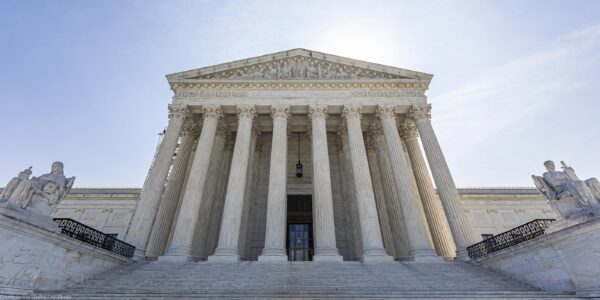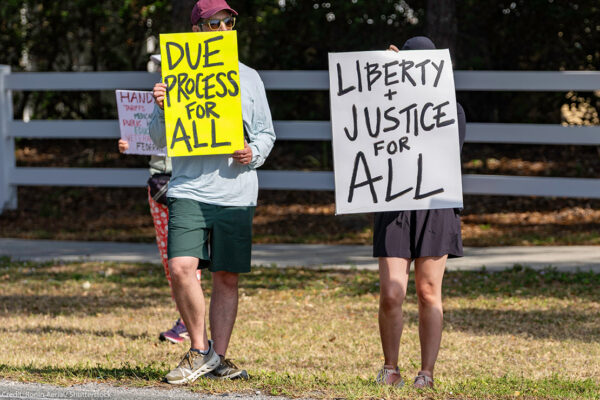What the U.S. Can Learn from the Honduran Prison Fire
Wednesday's tragic fire in Honduras' Comayagua Prison, which took at least 382 lives, offers a somber opportunity for reflection on two levels.
First, as the worst prison fire in recent memory, it reminds us of the porosity of even the thickest of prison walls. The human tragedy of the hundreds of deaths is greater than horrific photos of burnt corpses awaiting burial. There are, of course, the families and loved ones of the deceased prisoners. But every prison is also a workplace, and in coming days we will likely learn of the officers and staff who lost their lives performing the prime job responsibility of any prison employee – to maintain health, safety, and security. Indeed, the Comayagua fire will forever affect the lives of thousands. Most prisons confine a few hundred persons in sterile buildings on a patch of undesirable land, but the events inside those buildings can inflict deep suffering on those living far beyond the bars. No matter how hard we may try, a prison is never truly isolated; not even the sharpest barbed wire can stem the seepage of suffering.
On another level, the Comayagua tragedy is yet another reminder that correctional administrators who fail to remedy unsafe conditions are inexcusably risking the lives of the prisoners in their charge and the staff members in their employ. In the coming days and weeks, investigators will likely determine whether the fire was set deliberately, negligently, or was the result of faulty wiring or other structural infirmity. Such determinations are important but incomplete. Sadly, fires, outbreaks of communicable disease, tornadoes, hurricanes, riots and other disasters will always imperil the lives of prisoners and prison staff. But their seeming randomness must never excuse the failure to plan, prepare and take steps to mitigate risk. Rescuers have already reported that their efforts to save prisoners from the flames were stymied by lack of access to keys. We will likely learn that horrific conditions of confinement contributed to the magnitude of the death toll. The United States Department of State recently noted that Honduran prisons are subject to "severe overcrowding." Nor was the Comayagua fire a first forHonduras, which suffered jail fires in 2003 and 2004.
Let's not wait for a tragedy of these proportions to devastate a community here in the United States. Many American prisons and jails are also subject to severe overcrowding, and there have been disastrous fires in U.S. correctional facilities. Ample guidance is available to Departments of Corrections that want to reduce the risks posed by fires and other disasters. It is undeniable that administrators' efforts to improve safety are impeded by understaffing, fiscal limitations and the (sometimes baseless) assumption that the public just doesn't care. But the alternative, exemplified by Comayagua, is too horrible to countenance. As the Supreme Court has aptly recognized, "a remedy for unsafe [prison] conditions need not await a tragic event."
The labor leader Mother Jones is credited as once saying "Pray for the dead and fight like hell for the living." We must follow her instructions and continue to fight for safer, healthier prisons for those incarcerated worldwide, including the more than two million Americans currently behind bars.
Learn more about prisoners' rights: Sign up for breaking news alerts, follow us on Twitter, and like us on Facebook.
Stay informed
Sign up to be the first to hear about how to take action.
By completing this form, I agree to receive occasional emails per the terms of the ACLU's privacy statement.
By completing this form, I agree to receive occasional emails per the terms of the ACLU's privacy statement.



